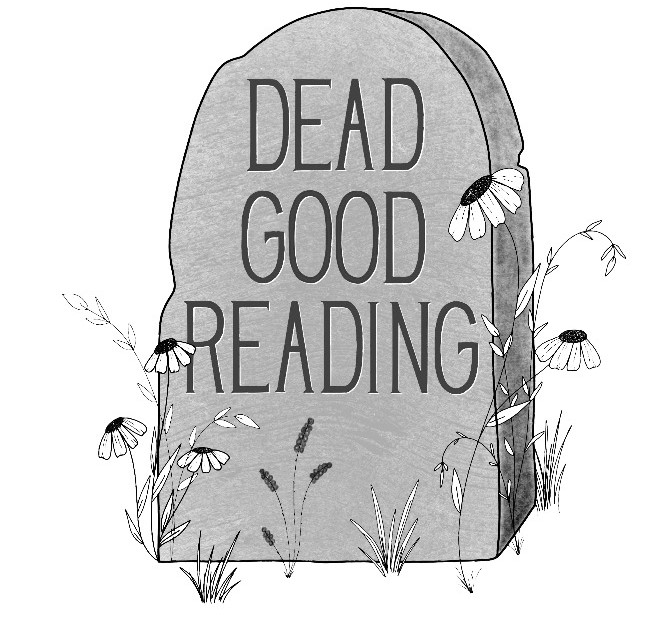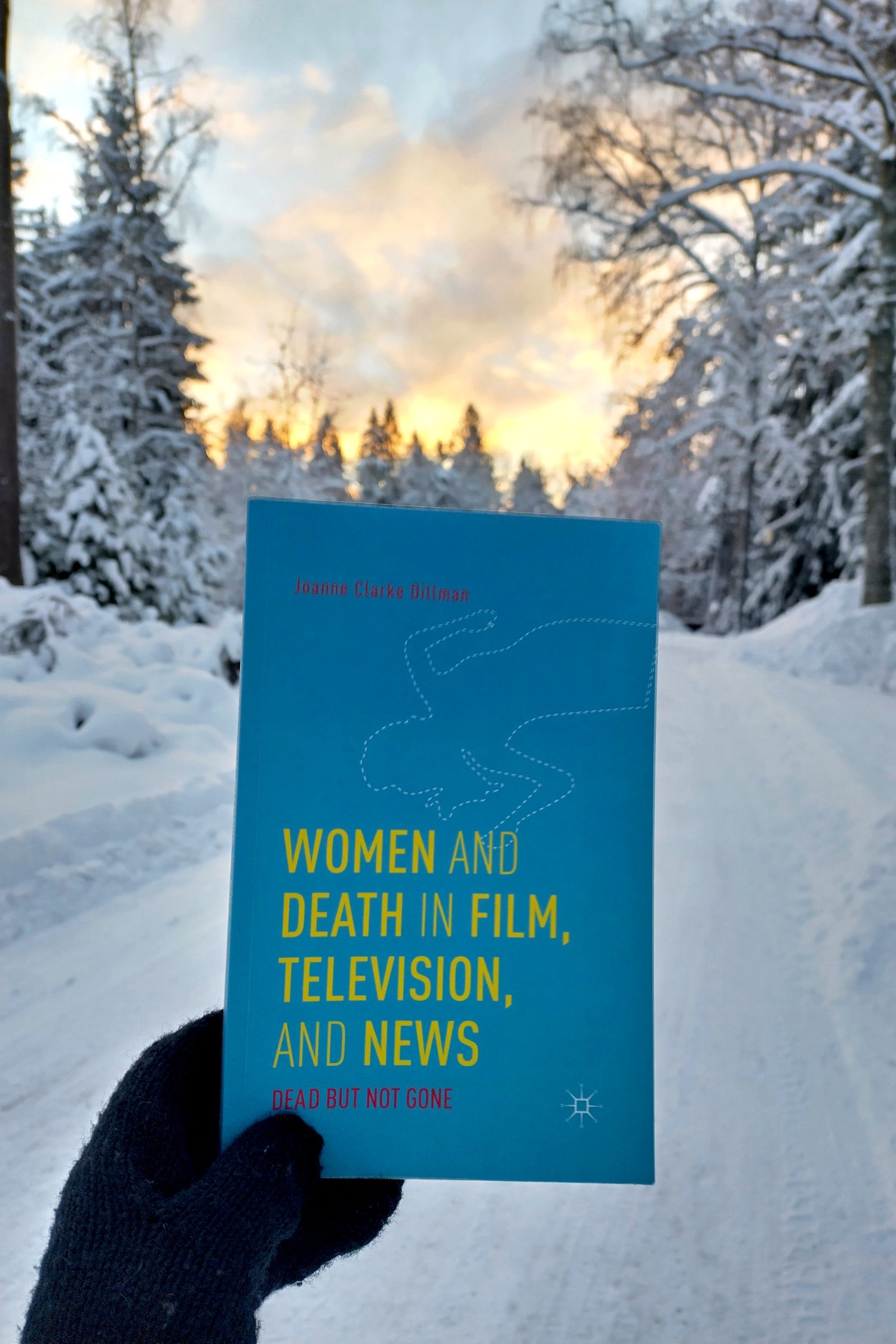This week marks International Women’s day. A day that, like all international celebratory/awareness days, brings me ambivalence. Women should be celebrated and supported, but this day feels perfunctory and just another way to make money of the backs of women. The structural inequality and the violence perpetuated against many women is not solved by #InternationalWomensDay (and yes, I am aware I am also guilty of using those hashtags on twitter…) The fact that women are seen as disposable is evident in the sheer amount of dead women that feature on our television screens. Murdering, abusing, humiliating, torturing and violating women are all common tropes in popular culture, and it makes you wonder how any of us make it to the end of the day alive.
In Women and Death in Film, Television, and News: Dead but not Gone Joanne Clarke Dillman hones in on the topic of dead women on the screen. Focusing on mediated culture from the early 00s, Dillman shows the omnipresence of dead women visible on our television screens, and wonders how this impacts public perception of women and their disposability. She notes that:
“The dead women who saturate our visual landscape represent a form of masculine anger and resentment at the actual gains of women. ”
— Women and Death in Film, Television and News (Dillman, 2014 page 2)
According to Dillman, this anger towards women in this era is a response to globalization, 9/11 and the rise of antifeminism and postfeminism. Dillman suggests that myriad of dead women on screen highlight men’s discomfort with the changing position of women in society. She takes this argument even further and posits that all the violent endings depicted in film and television are used as a way to discipline women; if you become unruly, if you go against gender norms, or in any other way defy the status quo, there is a high chance you will end up dead.
I find this argument regarding disciplining women fascinating and it begs the question to what extent film and television influences people’s thoughts, feelings and behaviour. In a recent episode of the Death Studies Podcast Dr Helen Wheatley, professor in Film and Media Studies at the University of Warwick, spoke about television as a form of ‘death education’. Popular culture has a way to teach us about death and dying, about rituals and what to say in certain situations. People can mimic or internalise what they see on screen and it is difficult to know to what extent televisual content is accepted or, using Dillman’s term, ‘naturalized’ by the audience. Did women in the 00s change their behaviour based on the plethora of visual examples that showed them that stepping out of line in any way would result in their deaths? Does it have this effect now? As a true anthropologist my answer to this question is both ‘yes’ and ‘no’ at the same time, and I would love to have further discussions on this matter.
Another interesting element of dead women on screen that Dillman discusses is the dead-but-not-gone trope and the notion of ‘dead beginnings’. Using a selection of films and the television series Dead Like Me as examples, Dillman shows how these women are given agency over their own lives, but only after they are dead.
“As I argue throughout this book, erasure nullifies agency; to reanimate a dead woman, place her in a liminal space, allow her to ‘make sense’ of her life, and empower her to visit the world of the living is a conceit that offers an individual woman some kind of efficacy while masking the structural conditions that impede achievements of collective goals”
— Women and Death in Film, Television, and News (Dillman, 2014 page 66)
Dillman points out that this ‘deathly agency’ is an oxymoron as it is meaningless to only give a woman a voice, and a chance to redeem or change her life, after she is physically dead. This again points to the disciplining of women; you are allowed to speak up, grow as a person, and be the best you you can be, but only posthumous, when it does no longer affect the world of the living.
I was a teenager in the 00s and I wonder what lingering effect these depictions have had on me as a viewer – I write this as if women no longer die on the screen. Two decades later, depictions of dead women on screens are still ubiquitous. Importantly, traumatic death is increasingly graphically and spectacularly depicted in shows aimed at young adult audiences. Bethan Michael-Fox and I wrote the article Death for Young Adult Audiences: complexity, complicity and critique in Pretty Little Liars. Pretty Little Liars ran between 2010-2017 and we suggest that these types of shows can both reiterate and challenge problematic perceptions of girlhood, womanhood and perceptions of death. This leads to the overarching question of what the role is of popular culture depictions of death on screen; should they serve as entertainment, education, a critique of the status quo, all of these, or none of it? Women and Death in Film, Television, and News provides a great starting point to think through these issues. What is the responsibility of filmmakers? What is the responsibility of audiences? To what extent are the depictions of dead women harming women in real life?
Dillman’s book offers a lot of food for thought, and an interesting theoretical lens to analyse the visual representations of women dying on the screen.
You can order the book Women and Death in Film, Television and News- Dead but not gone, directly from the publisher. Like all academic books, it is a bit pricey so keep your eyes out for any sales!


Leave a Reply